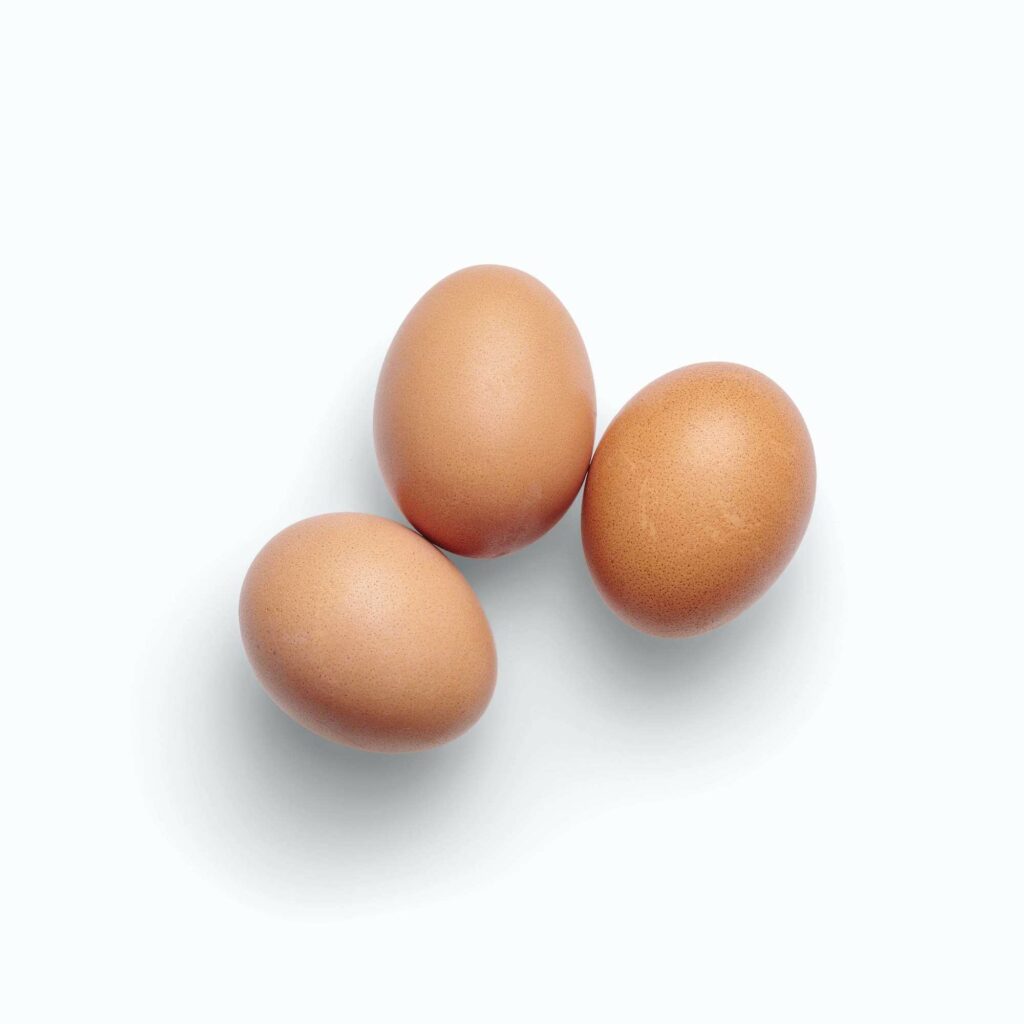Eggs have a significant effect on the texture, taste, and color of the food. When we enter the world of baking, this effect multiplies. So measure it accurately to get the best result.
Keep in mind that the more eggs in the recipe, the more important the size of it.

Table of Contents
What size eggs should you use?
The recipe calls for eggs, But did not say the exact size? In all recipes, if they do not say the size of the egg, they mean a large egg.
Egg size chart
If you do not know the size of your egg, you can use this table to measure it.
| Egg Size | In Shell | Without Shell | White Only | Yolk Only |
|---|---|---|---|---|
| Small | 43 g | 36 g | 20 | 16 g |
| Medium | 50 g | 44 g | 26 g | 18 g |
| Large | 57 g | 50 g | 30 g (2 tbsp) | 20 g (1 tbsp) |
Egg size conversion
Want to know how many medium eggs to use instead of one large egg? If your recipe has up to two eggs, you can use the same number of medium eggs. But if the number of recipe eggs is more than two, you can use the table below.
| Large | Small | Medium |
|---|---|---|
| 1 | 2 | 1 |
| 2 | 3 | 2 |
| 3 | 4 | 4 |
| 4 | 6 | 5 |
| 5 | 7 | 6 |
| 6 | 8 | 7 |
Liquid egg conversion chart
Sometimes our eggs are processed or liquid. It is enough to get help from a tablespoon to measure them.
| Egg size | Cooking Yield |
|---|---|
| Large | 3.25 tbsp / 46ml |
| Medium | 3 tbsp / 43ml |
| Small | 2.75 tbsp / 40ml |
How important do you think egg measurements are? Do you use another method to do this?
